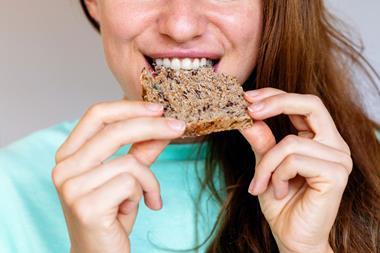In-house testing of Renaissance Ingredients’ acrylamide-reducing baker’s yeast has suggested its use lowers the presence of the chemical in fresh and toasted bread by an average of 80%.
Acrylamide is a World Health Organization Group IIA carcinogen and animal studies have suggested it is mutagenic and neurotoxic. It develops when certain foods, including bread, are cooked over 120˚C and increases in concentration with cooking time.
Renaissance Ingredients’ acrylamide-reducing (AR) yeast is a non-GMO product which makes use of certain baker’s yeast strains with an accelerated capacity to consume the amino acid asparagine, which turns into acrylamide during cooking.
The test compared acrylamide concentrations between white and wholemeal wheat loaves made with conventional and AR yeast. Measures were taken at four stages of cooking: bread and low, medium and high/dark cooked toast.
With conventional yeast, white bread contained 30 parts per billion (ppb) of acrylamide, rising to 195ppb in dark white toast, while wholemeal wheat bread increased from 34ppb as bread to 301ppb in dark toast.
Made with an identical method, the breads using AR yeast contained only 5ppb as bread and 36ppb for dark white toast and 67ppb for dark wholemeal toast.
President of Renaissance Ingredients, Dr Matthew Dahabieh, said: “We are also exceptionally pleased with the consistency exhibited by our AR yeast in reducing acrylamide across all levels of toasting.
He added: “In most cases, the acrylamide content of toasted bread made with our AR yeast is less than that of untoasted bread made with conventional baker’s yeast. Essentially, our AR yeast eliminates the acrylamide potential of toasting conventional bread.”
Renaissance Ingredients has also conducted research using AR yeast in goods that normally contain yeast extract or chemical raising agents, or which are exposed to soaking steps.
Dr Dahabieh said: “Our in-house studies highlight the versatility and efficacy of our AR yeast in reducing acrylamide not only in baked goods and toast, but also in potato products, snack foods, cereal products and coffee. We are now looking to demonstrate this efficacy in pilot-scale trials by working closely with additional interested industry partners.”
































No comments yet